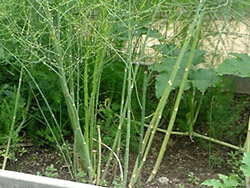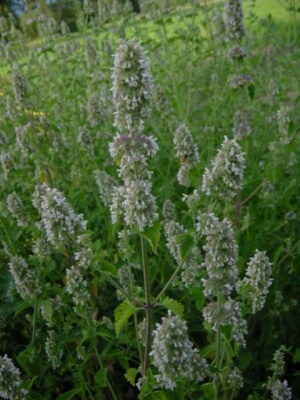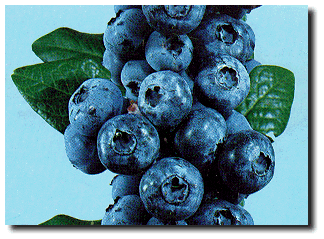
Mature asparagus plants send up multiple spears that can be cut for up to 6 weeks.
Asparagus (Asparagus officinalis) is a member of the lily family and has been grown and eaten since 1000AD. It’s thought to have originated in the eastern Mediterranean region as a wild plant and modern varieties have been selected for larger and tastier spears. Asparagus is unique, because, unlike most home garden vegetables, it is a perennial, coming back year after year. A well-maintained asparagus bed can produce spears for 20 years. Therefore, it’s important to spend extra time and energy preparing the soil in the bed and planting it correctly.
The young shoots (spears) are what we eat. The spears are only available in spring for a 6- to 8-week period. (There has been some experimenting with forcing asparagus to send up new spears in summer and fall, too. See the article link later on). Once the asparagus spears are allowed to grow into ferns, they can top 6-feet tall, making a beautiful barrier or wall of green in your garden. Asparagus can be used as an edible hedge, backdrop to flowers or shrubs, or a visual barrier. The ferns turn yellow in fall and should be cut back to the ground in winter.
Asparagus is a great spring treat steamed, roasted, or sautéed in butter and garlic, or served along with other spring vegetables such as peas, spinach, and spring potatoes. It’s high in fiber, vitamins A and C, and minerals, such as iron.

Cut asparagus spears at the ground level with a sharp knife.
Planning
Continue reading →











